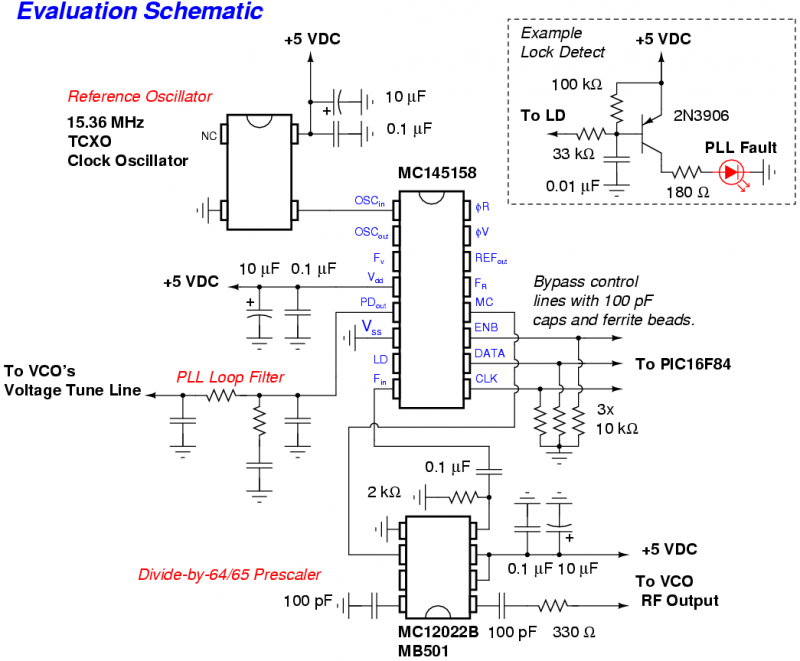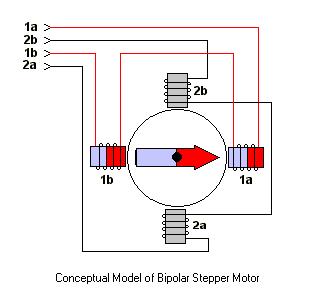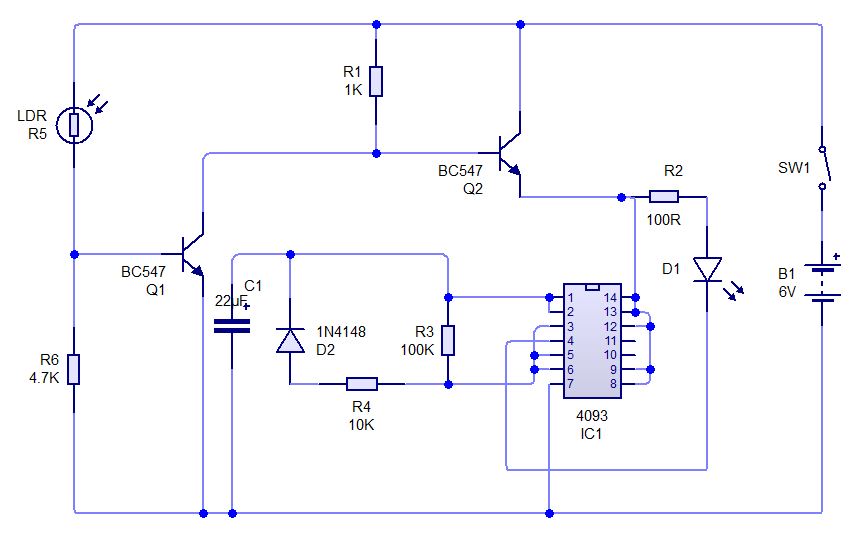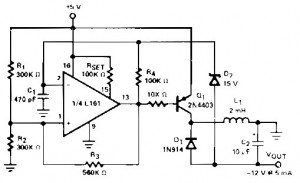
Voltage to Frequency Converter Using UJT
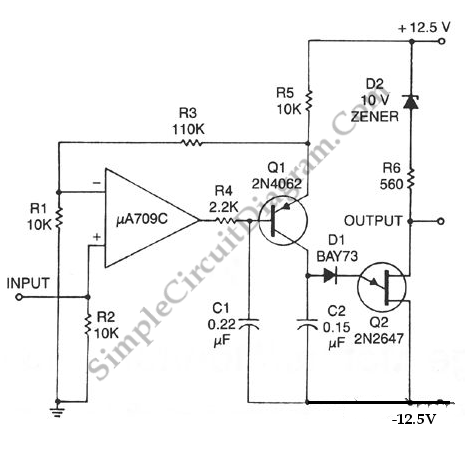
The voltage to frequency converter (V/FC - VCO) circuit consists of a UJT (uni-junction transistor) oscillator in which the timing charge capacitor C2 is utilized.
The voltage to frequency converter circuit operates by converting an input voltage into an output frequency. In this design, a UJT oscillator is employed, which is known for its simplicity and effectiveness in generating oscillations. The UJT is characterized by its three terminals: the emitter (E), and two base terminals (B1 and B2).
The timing capacitor, C2, plays a crucial role in determining the frequency of oscillation. As the input voltage varies, it influences the charge and discharge cycles of C2. The UJT oscillator operates by charging C2 through a resistor until the voltage across C2 reaches a certain threshold, at which point the UJT turns on, discharging C2 rapidly and generating a pulse. This cycle repeats, producing a continuous output frequency that corresponds to the input voltage level.
The frequency output can be adjusted by varying the resistance in the charging path or by changing the capacitance value of C2. This flexibility allows for a wide range of frequency outputs based on the input voltage, making the V/FC circuit suitable for various applications, including signal processing and frequency modulation.
Overall, the UJT oscillator configuration in the voltage to frequency converter circuit provides a straightforward and efficient method for frequency generation based on varying input voltage levels.The following voltage to frequency converter (V/FC - VCO) circuit consist of a UJT (uni-junction transistor) oscillator in which the timing charge capacitor C2.. 🔗 External reference
The voltage to frequency converter circuit operates by converting an input voltage into an output frequency. In this design, a UJT oscillator is employed, which is known for its simplicity and effectiveness in generating oscillations. The UJT is characterized by its three terminals: the emitter (E), and two base terminals (B1 and B2).
The timing capacitor, C2, plays a crucial role in determining the frequency of oscillation. As the input voltage varies, it influences the charge and discharge cycles of C2. The UJT oscillator operates by charging C2 through a resistor until the voltage across C2 reaches a certain threshold, at which point the UJT turns on, discharging C2 rapidly and generating a pulse. This cycle repeats, producing a continuous output frequency that corresponds to the input voltage level.
The frequency output can be adjusted by varying the resistance in the charging path or by changing the capacitance value of C2. This flexibility allows for a wide range of frequency outputs based on the input voltage, making the V/FC circuit suitable for various applications, including signal processing and frequency modulation.
Overall, the UJT oscillator configuration in the voltage to frequency converter circuit provides a straightforward and efficient method for frequency generation based on varying input voltage levels.The following voltage to frequency converter (V/FC - VCO) circuit consist of a UJT (uni-junction transistor) oscillator in which the timing charge capacitor C2.. 🔗 External reference

